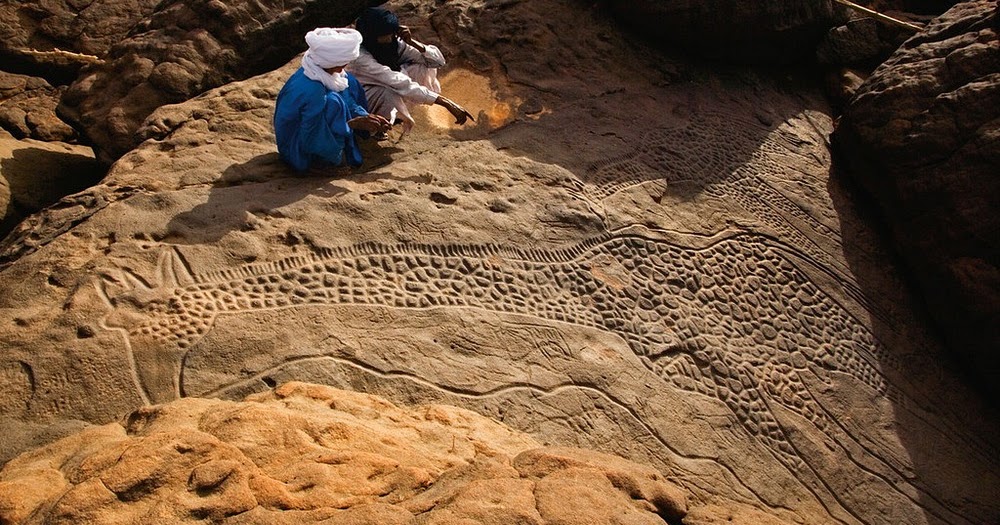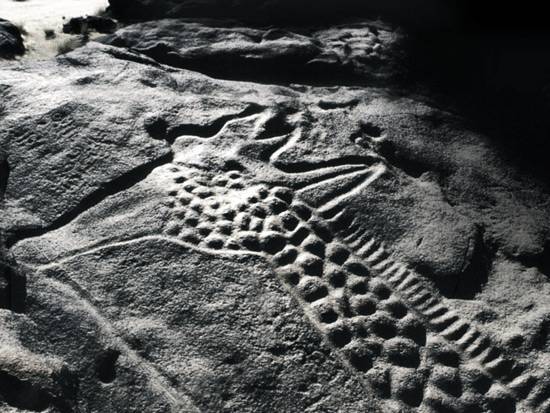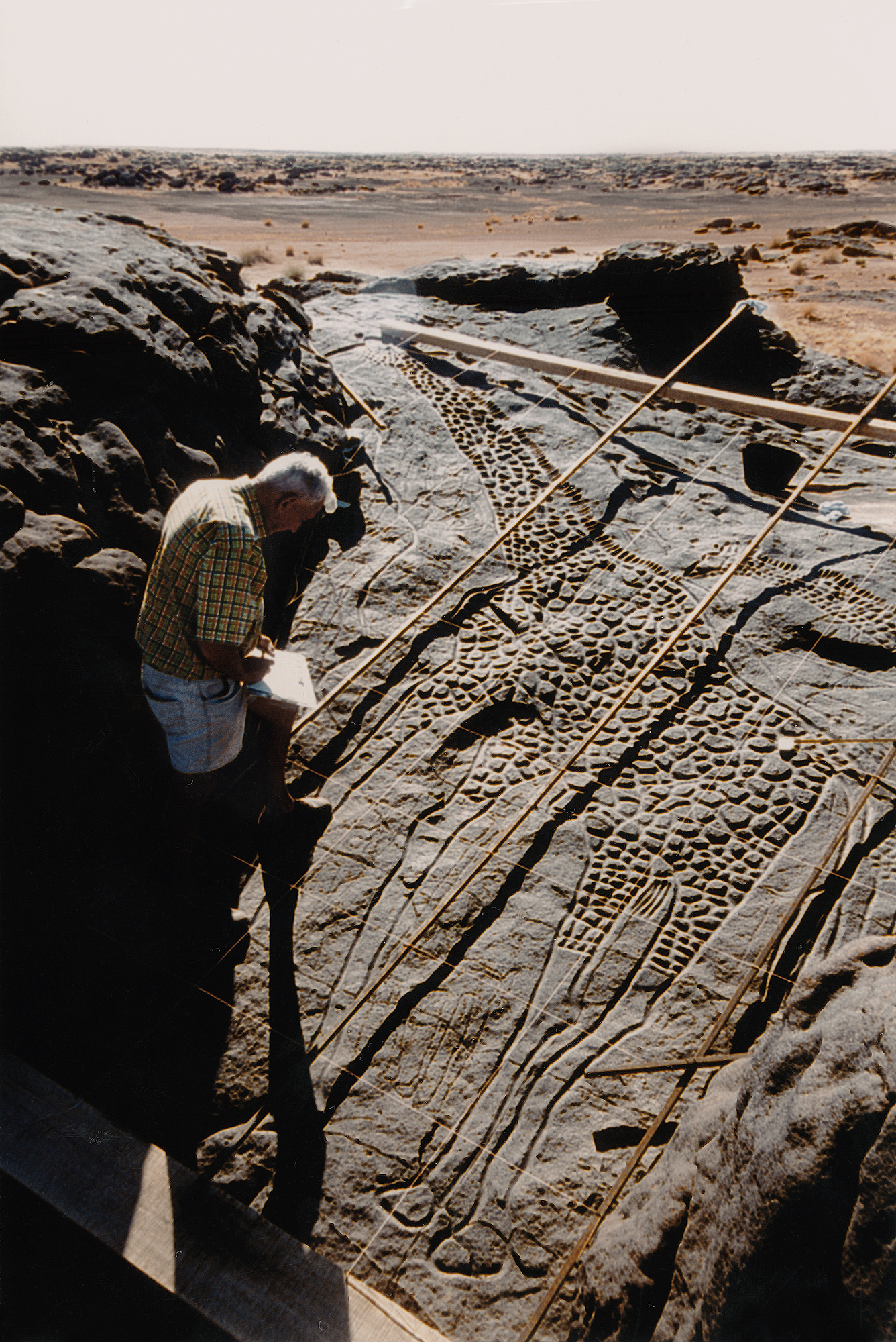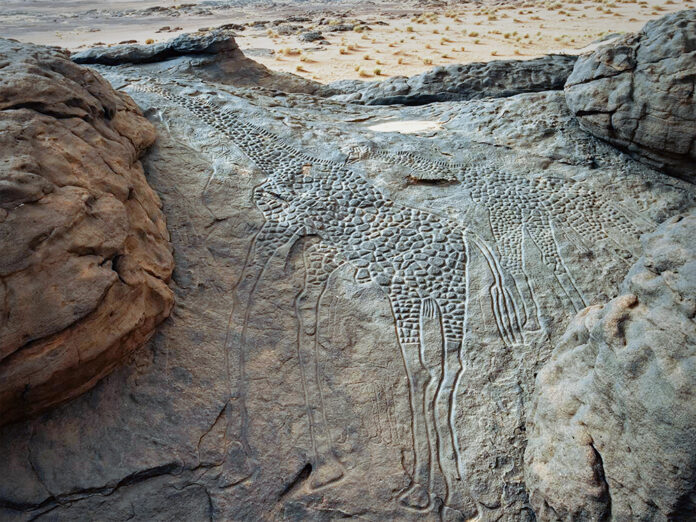The Dabous giraffe carvings in Niger’s Sahara Desert offer a fascinating glimpse into human history. Dating back approximately 9,000 years, these petroglyphs are some of the earliest known representations of giraffes, revealing a deep connection between early humans and their environment. This discovery sheds light on the ancient cultures that once thrived in what is now an arid desert, emphasizing the importance of preservation efforts to protect these invaluable historical artifacts.
Discovery of the Dabous Giraffes

Giraffes, with their elongated necks and distinctive appearance, have fascinated humans for millennia. In the northern part of Niger, near Agadez, lies one of the most striking examples of ancient rock art: the Dabous giraffes. These carvings, etched into the rock face of the Sahara Desert, are estimated to be around 9,000 years old, making them some of the earliest known human depictions of giraffes.
Significance of the Carvings
The Dabous giraffes are not just ordinary rock engravings. These life-sized depictions are located on a gently sloping rock face, chosen perhaps to catch the sun’s rays and make the carvings visible at specific times of the day. The engravings also feature human figures, likely representing local hunter-gatherers, drawn to scale beneath the giraffes. This level of detail and the naturalistic style of the carvings are remarkable, reflecting the artistic skills and the environmental context of the period.
The Environment and Context
During the time these carvings were made, the climate in Africa was much wetter than it is today. The Sahara was a verdant grassland, supporting a rich diversity of wildlife, including elephants, gazelles, zebu cattle, and crocodiles. The presence of giraffes in the rock art indicates their importance to the hunter-gatherer communities of the time.
Preservation Efforts by the Bradshaw Foundation
The Bradshaw Foundation, under UNESCO’s auspices and in association with the Trust for African Rock Art, has undertaken significant efforts to preserve the Dabous giraffes. One of the primary steps in the preservation project was to create molds of the carvings to produce limited-edition aluminum casts. These casts serve both as a means of preserving the art and as a tool for raising awareness about their significance.
Community Involvement and Sustainable Preservation

A key aspect of the preservation project involved sinking a water well near the site to support a small Tuareg community. This community is tasked with guiding tourists and ensuring the protection of the site. By involving local custodians, the project aims to maintain the integrity of the carvings while promoting sustainable tourism.
The Challenges of Preservation
Despite their remote location, the Dabous giraffes have faced threats from human activities, including trampling and graffiti. The carvings have also suffered from natural wear over the millennia. The preservation project aims to address these issues by creating casts and raising awareness about the carvings’ significance, thereby prioritizing their protection.
Historical and Cultural Impact

The discovery of the Dabous giraffes has significantly impacted our understanding of ancient Saharan cultures. These carvings offer a window into a time when the Sahara was a thriving ecosystem. They also highlight the importance of giraffes and other wildlife to the early human inhabitants of the region.
The Artistic Significance of the Carvings
The Dabous giraffes are celebrated for their artistic quality. The larger of the two giraffes is over 18 feet tall and showcases a combination of techniques, including scraping, smoothing, and deep engraving. This artistic achievement underscores the sophistication of the ancient people who created these works.
The Legacy of the Dabous Giraffes
The Dabous giraffes continue to be a source of fascination and inspiration. Their discovery and the ongoing preservation efforts reflect a broader commitment to understanding and protecting our shared human heritage. The carvings not only connect us to the ancient past but also remind us of the importance of preserving cultural treasures for future generations.
The Dabous giraffe carvings are a testament to the rich cultural history of the Sahara and the enduring relationship between humans and their environment. As we continue to study and preserve these ancient artworks, we gain invaluable insights into the lives and artistry of our ancestors. Through sustained efforts and community involvement, we can ensure that these remarkable carvings are protected and appreciated for generations to come.
